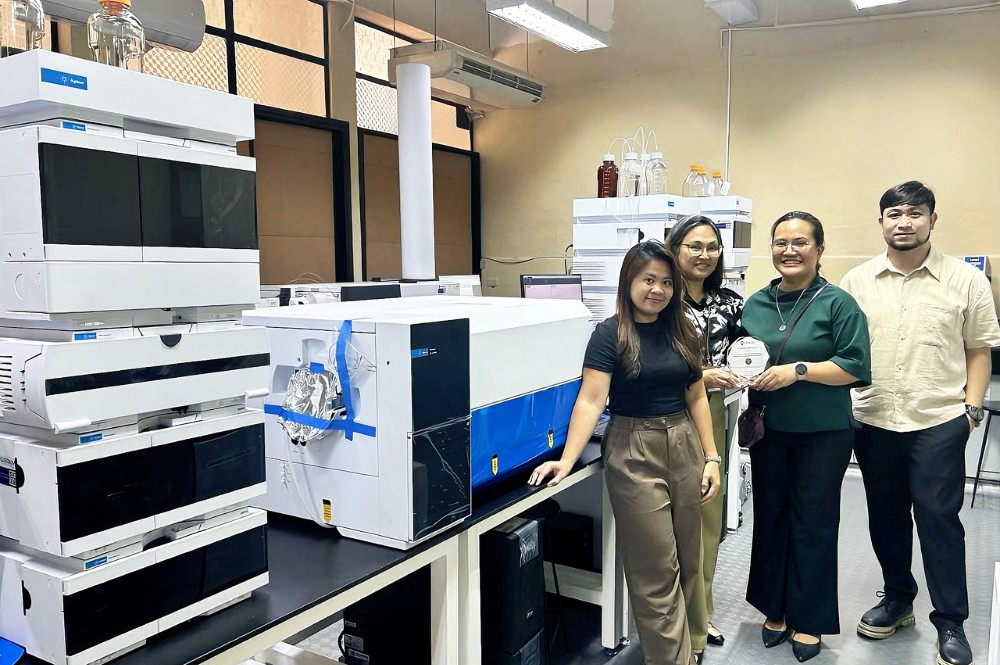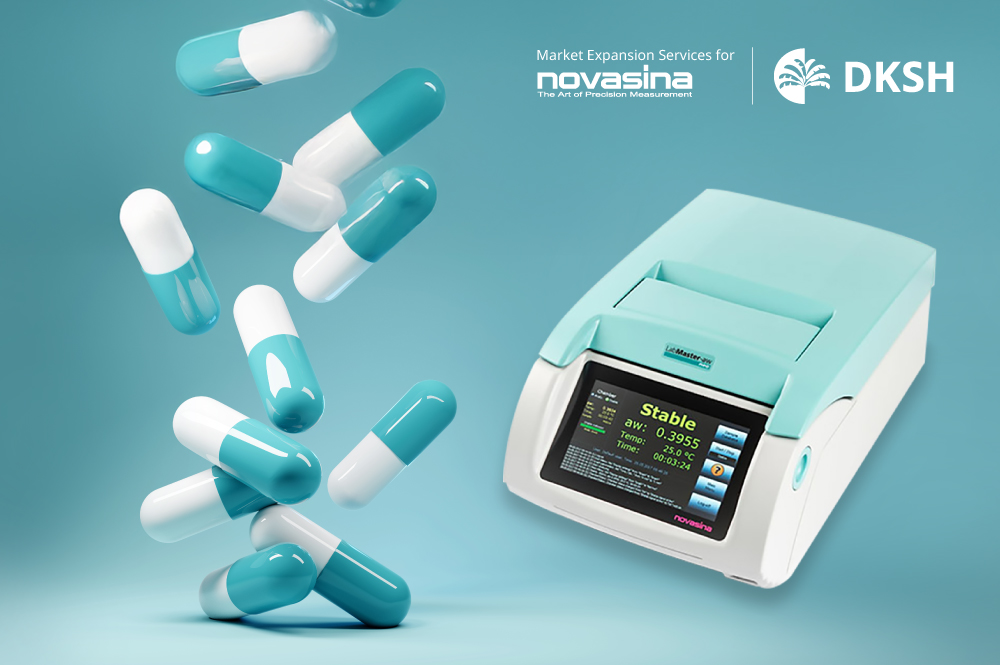After a certain period, one or more attributes of food may reach an undesirable condition, particularly as it reaches the end of its shelf life. It is also common for retailers to promote items that are nearing expiry.
It is useful for consumers to have a better understanding of the key changes involving the physical, chemical, and microbiological composition of food products that may affect our sensors and potentially lead to unsafe food consumption.
Main Reasons for Food Deterioration
During the storage and distribution process, food items are exposed to a wide range of environmental conditions and factors like humidity, temperature, oxygen, and light, which can all lead to food degradation.
The composition and ingredients in food could be altered extensively leading to rejection by consumers or becoming harmful. Chemical, physical, and microbiological changes are often the leading causes of food deterioration and affect the shelf life of food. To determine these three major changes, sensory testing is often used and followed by food testing experts to evaluate, determine, and estimate the item’s shelf life.
Physical Changes
Physical changes are often caused by the mishandling of food during the harvesting, processing, and distribution process. Post-harvesting is also very critical especially with fruits and vegetables as manual handling can lead to the development of rot.
Humidity too is an important consideration as tuberous and leafy vegetables lose water when kept in low humidity conditions. Dry foods on the other hand if kept in high humidity may absorb moisture and become damp.
For frozen food, freezer burn is a major quality concern with frozen food because if the freezer does not meet the optimum condition between -18 and -20 degree Celsius, the fluctuating temperature may cause recrystallization of ice resulting in a sandy texture that is not to most customers’ liking. If fluctuations are large and the food undergoes frequent changes through thawing and refreezing of food, the melting and solidifying of fats are detrimental to the quality of candies and other confectionary items.
Chemical Changes
During the processing and storage of foods, several chemical changes occur involving the internal food components and external environmental factors. These changes may cause food deterioration and reduce shelf life.
The most important chemical change is associated with enzymic action and oxidative reactions, particularly lipid oxidation that alters the flavor of food and non-enzymatic browning which causes changes in appearance.
At favorable temperatures, many enzymatic reactions proceed at a rapid rate altering the quality attributes of food. For example, fruit after cutting tend to brown rapidly at room temperature due to the reaction of phenolase with the cell constituents that are released upon cutting of the tissue in the presence of oxygen. Enzymes like lipoxygenase, if not denatured during the balancing process, can influence food quality even at sub-freezing temperatures. In addition to temperature, other environmental factors such as oxygen, water, and pH induce deleterious changes in food that are catalyzed by enzymes.
The presence of unsaturated fatty acids in foods is a prime reason for the development of rancidity during storage. The development of off-flavors may lead to other undesirable reactions including the loss of vitamins, alteration of color, and degradation of proteins.
The rate of lipid oxidation is influenced by several factors. Environmental temperature is an important variable. The presence of oxygen can increase the rate of oxidation as lipid oxidation occurs at a high rate with very low water activities. In determining the shelf life of foods that contain lipids, the importance of their reaction mechanisms and their rates of reactions must be known.
In addition to lipid oxidation, other chemical reactions include light which cause the loss of vitamins and browning of meats. The influence of light on riboflavin loss in milk stored in a high-density polyethylene bottle.
Non-enzymatic browning is a major cause of quality change and degradation of nutrition content in many foods. This type of browning reaction occurs due to this interaction between reducing sugars and amino acids. These reactions result in the loss of protein solubility, darkening of colors, and the development of bitter flavors. Environmental factors such as temperature, water activity, and pH influence non-enzymatic browning.
Microbiological Changes
In determining the influence of microorganisms on the shelf life of foods, the rate of microbial growth as a function of various environmental factors must be known. Microbes can multiply and have generally good defense mechanisms against microbial attacks. However, after separation from the plant, they can easily succumb to microbial proliferation.
Similarly, meat upon slaughter is unable to resist rapidly growing microbes. Microbial growth in foods results in food spoilage with the development of undesirable sensory characteristics and in certain cases, the food may become unsafe for consumption.
The pathogenicity of certain microorganisms is a major food safety concern in the processing and handling of food products. Upon ingestion, microorganisms such as Salmonella species and Escherichia coli strain may cause infection. Listeria monocytogenes, Campylobactor coli, Aspergillus flavus, Clostridium botulinum, and Staphylococcus aureus produce chemicals in foods that are toxic to humans.
The presence of molds and their growth on food products may result in undesirable appearance and off-flavors. Under certain conditions, mold spores may also produce chemicals that are toxic to humans. During food processing and storage, special procedures are employed to minimize or prevent the occurrence of pathogenic and spoilage microorganisms.
Various measures commonly used to minimize or prevent microbial growth in food include altering the environment temperature by either lowering the temperature to slow the growth processes or raising the temperature. Other approaches include removing water to stop microbes’ growth, controlling the environmental gases by lowering oxygen or increasing carbon dioxide concentration, adding acid, and promoting fermentation which will lower the pH composition.










